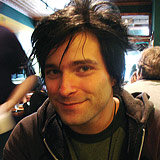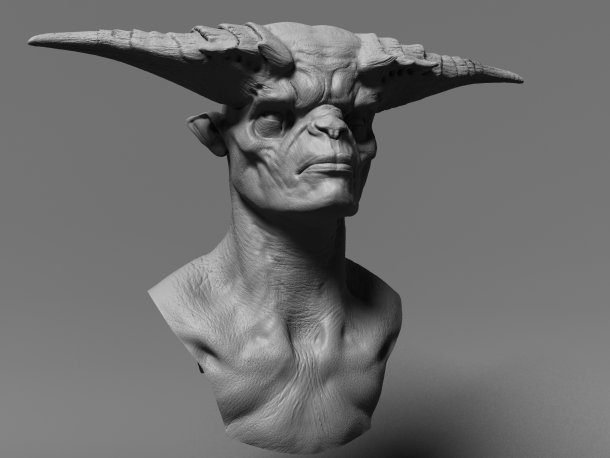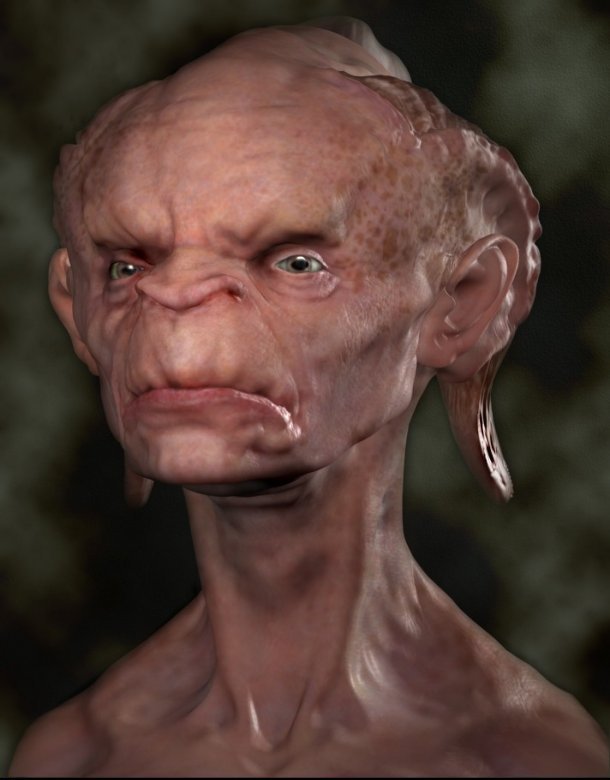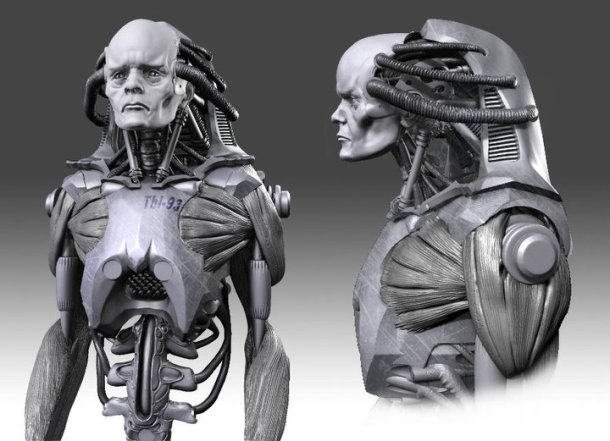Q&A: Scott Spencer, master digital sculptor
 Scott Spencer started his career in makeup effects, working at Lone Wolf Effects, and is now a designer at Weta Workshop. He studied at SCAD and Florence Academy of Art, where he studied classical realist sculpture techniques. Passionate about learning, he then pursued his anatomical studies by performing over 50 hours of dissections at the University of Utah’s anatomy lab.
Scott Spencer started his career in makeup effects, working at Lone Wolf Effects, and is now a designer at Weta Workshop. He studied at SCAD and Florence Academy of Art, where he studied classical realist sculpture techniques. Passionate about learning, he then pursued his anatomical studies by performing over 50 hours of dissections at the University of Utah’s anatomy lab.
Scott is the author of ZBrush Character Creation, now in its second edition, and ZBrush Digital Sculpting: Human Anatomy. His hobbies include reading, filmmaking and legerdemain.
In his session for the Gnomon School of Visual Effects’ upcoming online Master Classes, which go out from 11 to 25 February, Scott demonstrates a professional workflow for creature design using ZBrush and Photoshop, setting out techniques for creating dynamic designs under tight deadlines and post-processing the renders to create a cohesive whole, ready for presentation to a director. We asked Scott for some more of his tips.
CG Channel: What do you hope people will still remember a week after watching the class?
Scott Spencer: A sense of how to think about a character while they sculpt it. When you watch a lot of training videos or read a lot of books on the subject, there comes a point where you start to pick out the notes the artist provides on their own thought process.
I think we learn so much when we get an understanding of how other artists approach the process of creating an image: it’s far more valuable than merely saying where to go and what button to push. I hope that people come away from the class with fresh ideas on how to approach the process of sculpting or painting.
CGC: What single other tip would you give an aspiring digital sculptor?
SS: Touch clay. You don’t have to do it every day, and you don’t even have to be ‘good’ at it: just get that experience of putting your hands on the forms you are usually making with a Wacom pen.
You can learn an enormous amount from making shapes by hand, seeing how the light in the room affects the forms as you sculpt them and how moving yourself around the sculpture helps you to understand those shapes. I think taking this experience into ZBrush, where you have unlimited undos and total control over the lighting and viewing angle, can only be helpful. At the very least, it gives artists a new perspective on sculpting.
Digital sculpting is a strange misnomer because it’s not technically three-dimensional, in the way that a lump of clay on your desk is… but at the same time, it is. It exists in this wonderful space between 2D and 3D which makes it one of the newest media – if not the newest medium – for art.
CGC: You work in a very competitive field. What characteristics took you to the top?
I ask myself that same question a lot! It’s hard work and luck – and the two are connected. I worked really, really hard – and still do – but that’s easy, because I love the process. I’d be doing this even if I wasn’t paid to do so.
That all sounds rather random, but you have to do this for the love of the art first and foremost. Opportunities tend to open on the way if you are focused and passionate about what you do.
CGC: Tell us something about your work few other people know.
SS: I only like something I have done for a day or so. After about 24 to 48 hours, I can only see the mistakes and I need to do it over.
CGC: What part of the process makes you sit back and think: ‘This is why I do this job’?
SS: Every moment of it. I just feel incredibly grateful to be able to make monsters for a living. Its a unique job, and the only thing I have ever wanted to do… well, other than be a parapsychologist when I was eight.
Visit the Gnomon School website to enrol for the Master Classes ($295 for all 12 classes)



